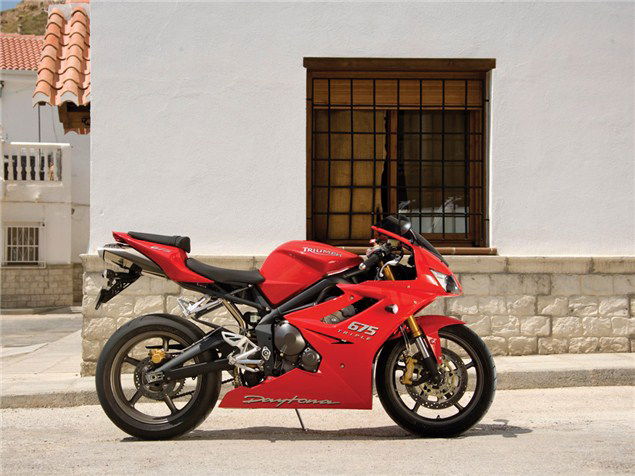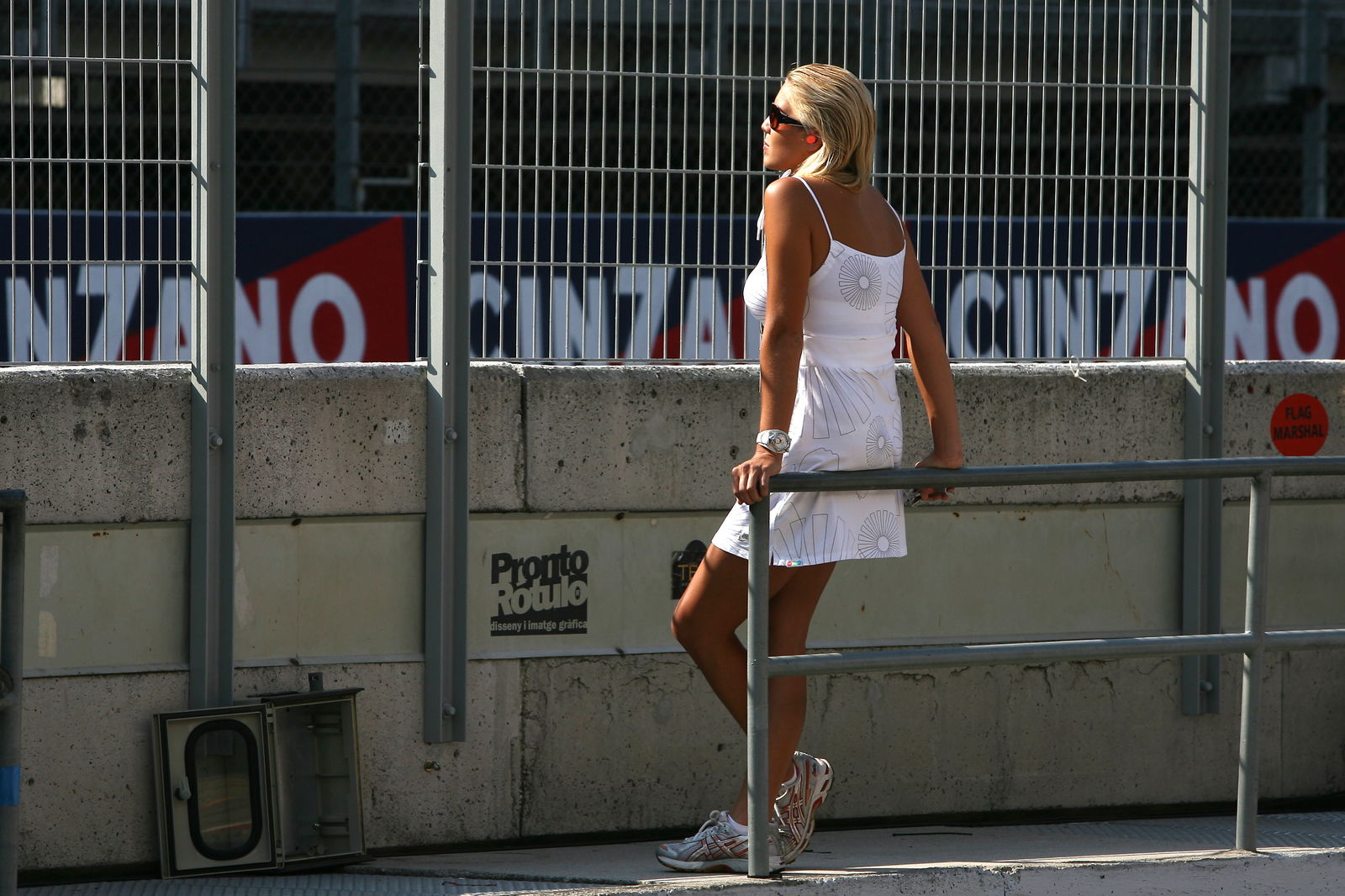Kings of Cornering: Part Two
Triumph, triumphs


Triumph’s most splendiferous 675 Daytona is a fantastic all-rounder. Blessed with more mid-range power than any of its smaller 600cc competitors, it is a much nicer bike to ride on the road, needing less gear-lever action and less revs to pedal it along at a decent rate of knots.
It’s pretty good on track, too but for us road riders that’s kind of irrelevant. But what makes it good on track – its cornering ability – also makes it blindingly good on the road.
The Triumph’s dimensions (23.9 degrees of rake, 89.1mm of trail and a 1395mm wheelbase) aren’t exceptionally radical but the combination of a very slim motor and the bike’s overall weight distribution (including rider) makes the steering package very, very front-end focussed.
The speed at which even a bog-stock 675 can flick from the vertical to full lean angle is incredible and the feedback from the front tyre is almost telepathic. Normally a bike that behaved like this in the turns you’d expect to be massively unstable at high speed but the razor-sharp Daytona is rock stable at any speed.
The 675 is so happy once it’s cornering that, at first, it can be a bit disconcerting. If you’re even slightly lean-angle-rusty it appears that the bike’s laughing at you, almost mocking your ability to get the best out of it. It takes some familiarity, some tyre temperature and some focus to really explore the limits of its capabilities.
The chassis is particularly susceptible to body weight positioning and transfer. Ride a 675 like Mike Hailwood - knees gripping the tank and body weight absolutely central - and it feels odd, like the front’s going to tuck. Use your body weight to the bike’s advantage, however, and the chassis rewards you with pin-point steering accuracy, razor sharp response and communicative feedback, particularly from the front tyre and its contact patch.
Read Kings of Cornering: Part Three

